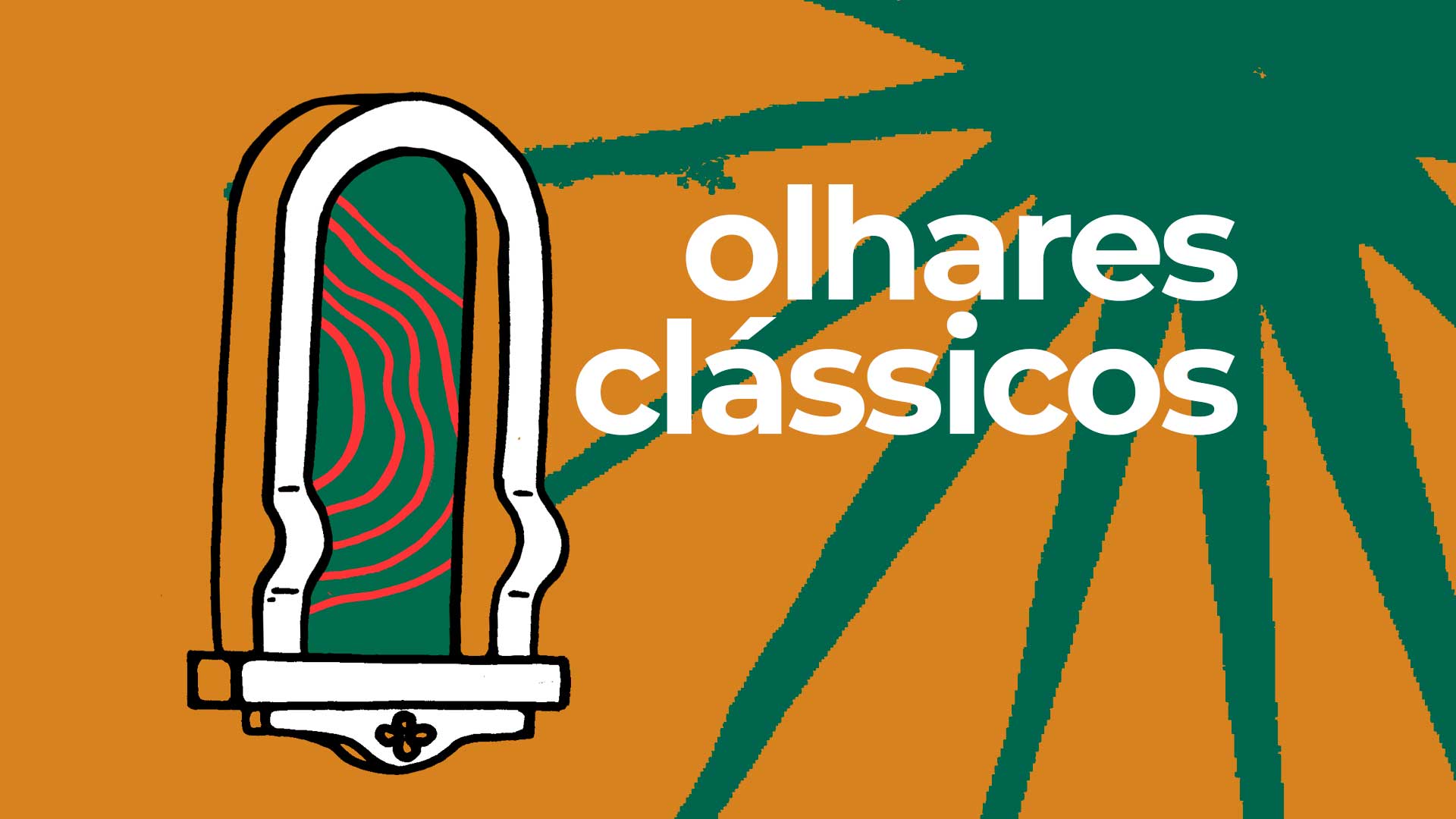
-
17 de April de 2019
Classics
One of the most eagerly awaited sections at the Olhar de Cinema – Curitiba International Film Festival is the Classics section. Each year, the festival prepares a selection of films to take audiences on a panoramic journey across key moments in film history so that they may encounter some of the medium’s most renowned names. For its 2019 edition, the section once again presents high-quality restored copies of a combination of consecrated films long absent from movie theaters in Curitiba, with first-time exhibitions in Brazil of lesser-known restored films, thus revealing works and artists relegated to the fringes by more traditional readings of film history.
“The question of what makes a film a classic has many different answers,” says Aaron Cutler, one of Olhar de Cinema’s programmers of feature-length films. “Two of them are timeliness and urgency. The films in this year’s Classics selection speak directly from their moment to ours in ways that we find to be compellingly relevant. These are great works that can be watched repeatedly and gain new meanings and pleasures each time. We are tremendously proud to provide the films to audiences this year in wonderfully restored copies, and thus give people a chance to discover or rediscover them.”
We now introduce the first five films in this year’s CLASSICS section. A traditional trait of this section has been to present audiences with the opportunity to revisit the work of some of the world’s leading names in cinema who have recently left us. With this in mind, Olhar de Cinema pays homage to great artists by presenting some films that left a deep impression on world cinema and on Brazilian cinephiles in particular. Such is the case with ‘Singin’ in the Rain’ (1952), one of the most celebrated musicals of the Golden Age of that genre in American cinema, with MGM’s masterwork also chronicling in bittersweet form the radical change brought by the arrival of synchronized sound to the movies. The film, while co-directed by its star Gene Kelly, also remains the most celebrated achievement of Stanley Donen (1924-2019), a filmmaker and choreographer with nearly 30 films in a career that made him one of the Hollywood musical’s most wondrous figures.

Similarly, Nelson Pereira dos Santos, who was born in 1928 and died in April of 2018, is universally acknowledged as one of the greatest filmmakers in the history of Brazilian cinema, with a staggeringly pluralistic and profoundly humane oeuvre that spanned over six decades between his first short films and his final works. The film presented in this edition of Olhar de Cinema, ‘Memoirs of Prison’ (1984), is a mature work by Nelson: An adaptation of a classic of Brazilian literature (one of his specialties) that traverses generations and that continues to serve as a manifesto for artistic freedom and political resistance in totalitarian times.

Two other filmmakers that have left us in recent months are perhaps less familiar names, as they shaped their works in more alternative spaces, away from industrial centers. Nonetheless, their contributions to the history of cinema are equally vital and continue to inspire many contemporary filmmakers. This is certainly the case with Jonas Mekas (1922-2019), a Lithuanian filmmaker and writer who immigrated to the United States shortly after World War II. Mekas’s film diaries register everyday events over the course of decades as they chronicle his family, friends (several of them also filmmakers), and the artistic universe of New York, in which brief glimpses of beauty and happiness emerge as flashes amidst the fragmented flow of a life made into film. In the film screened at Olhar de Cinema, ‘Reminiscences of a Journey to Lithuania’ (1972), the director returns for the first time to his native country after almost 30 years of forced exile. The contributions to cinema made by Mekas – who passed away in January of this year at the impressive age of 96 – far transcend the field of filmmaking, having also encompassed film criticism and the foundation of Anthology Film Archives, one of the most important institutions for preserving independent and experimental American cinema.
Likewise, while the British Nicolas Roeg (1928-2018) may have found cult appreciation for films such as “The Man Who Fell to Earth” (1976) and “Don’t Look Now” (1973), most of his work was independent in nature and constantly challenging the limits of the narrative language of cinema in its plastic and sound dimensions. Before directing, Roeg was a cinematographer, for example, alongside François Truffaut in ‘Fahrenheit 451’ (1966). He amassed the dual role of director/DP only once in his career, in the film that will be screened at Olhar de Cinema: ‘Walkabout’ (1971). The film lies on the brink of a lysergic odyssey in which two young white children struggle to survive in the near-supernatural landscapes of the Australian outback by counting on the support of a young Aboriginal boy.

Lastly, through its selection of classics, Olhar de Cinema regularly screens films from the cinema’s formative years as it hopes to evoke filmmakers who have not received deserved attention from a more traditional history of cinema. Thus, the program containing three films by French filmmaker Germaine Dulac (1882-1942) fulfills a dual role. Dulac operated at the transition between silent and sound cinema and played a pioneering role in the evolution of cinema as artistic language and social practice. She was a key figure in the French vanguard of the 1920s and one of the first filmmakers to adopt a feminist stance in both her life and her films. Her aesthetic exploration focused on discovering qualities specific to the film medium, such as properties of light and shadow and the relationships between different kinds of movement, resulting in films sometimes called impressionist, surrealist, or, as she argued, “integral”. If Dulac’s significance remained forgotten for decades from a dominant historiography of cinema, she is now considered an indispensable artist in any retrospective devoted to the medium’s first decades. From the impressive filmography of sensations fashioned by the filmmaker, Classics will screen the short films ‘Danses espagnoles’ (1928) and ‘Celles qui s’en font’ (1928), and the medium-length ‘La cigarette’ (1919). This last film in particular is the lone film at Olhar this year to be celebrating its centenary.






